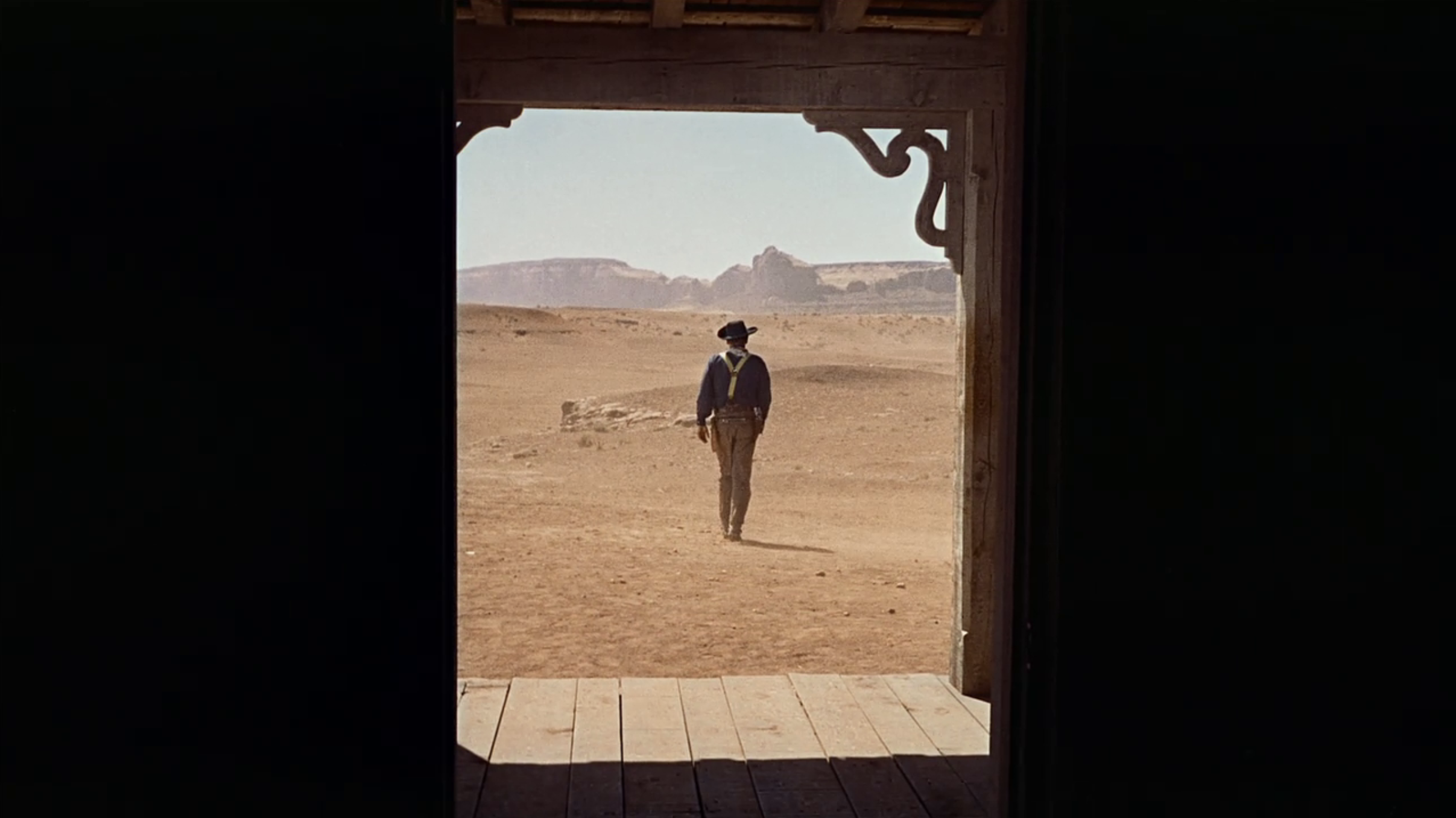-
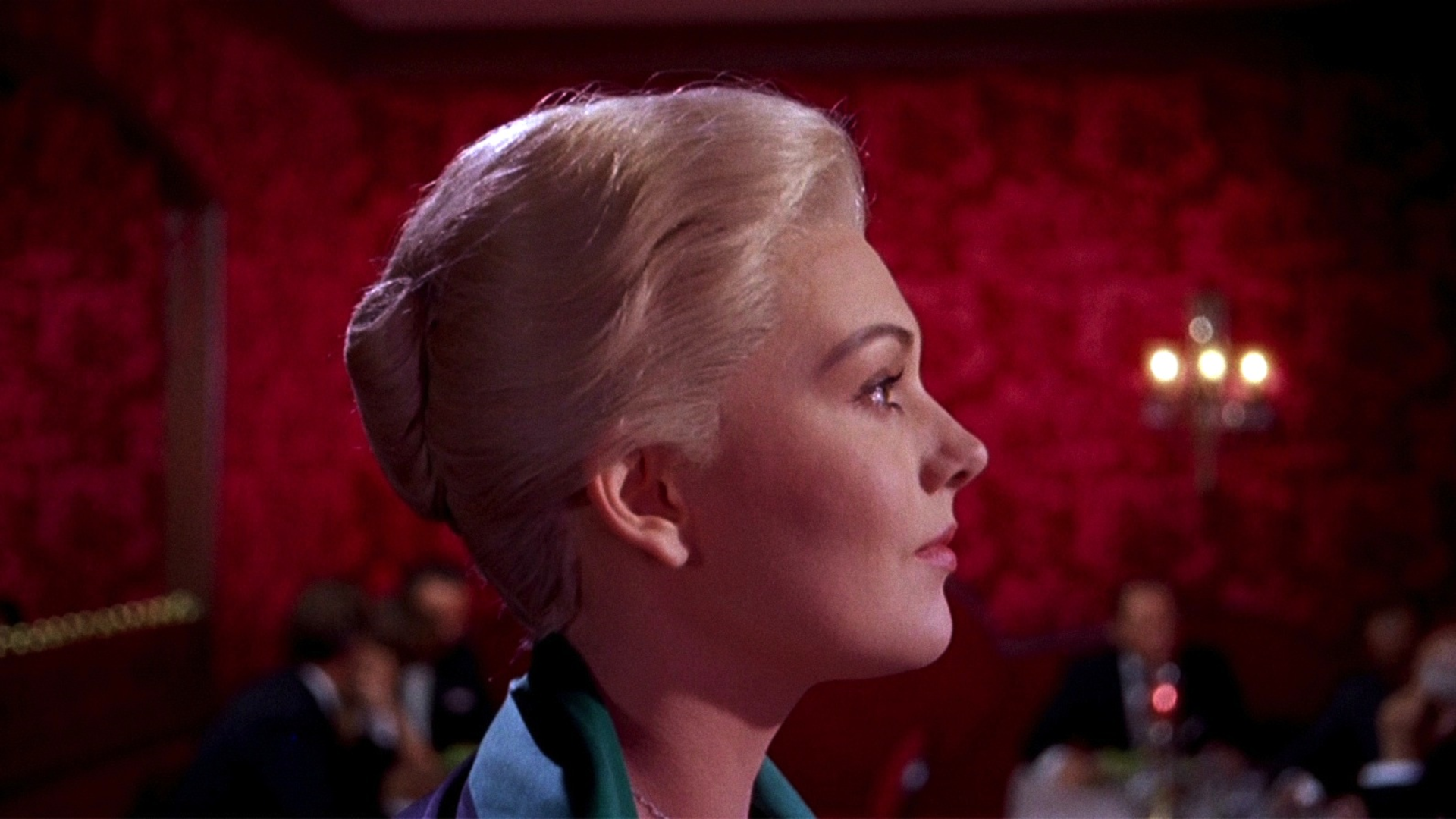
The Best Films of the 1950s Decade
The greatest films of the 1950s, from the classic Hollywood musicals to Japan’s Golden Age of cinema.
-
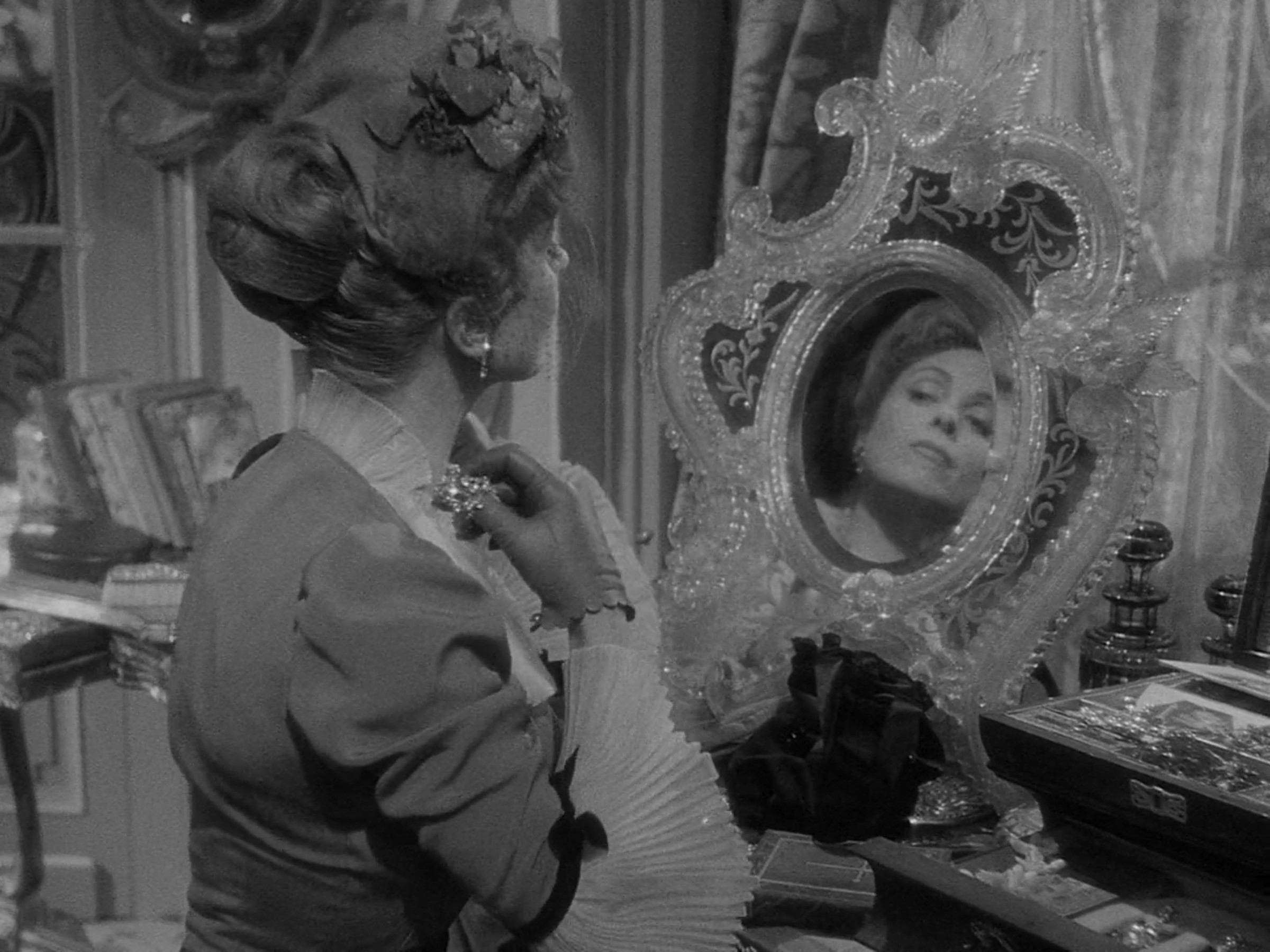
The Earrings of Madame de… (1953)
With Max Ophüls’ dextrous camera manoeuvring the ups and downs of Louise’s affair in The Earrings of Madame de…, it isn’t hard to fall prey to her idealistic belief in romantic destiny, imbuing her precious jewels that miraculously keep finding their way home with a mystical, auspicious significance.
-
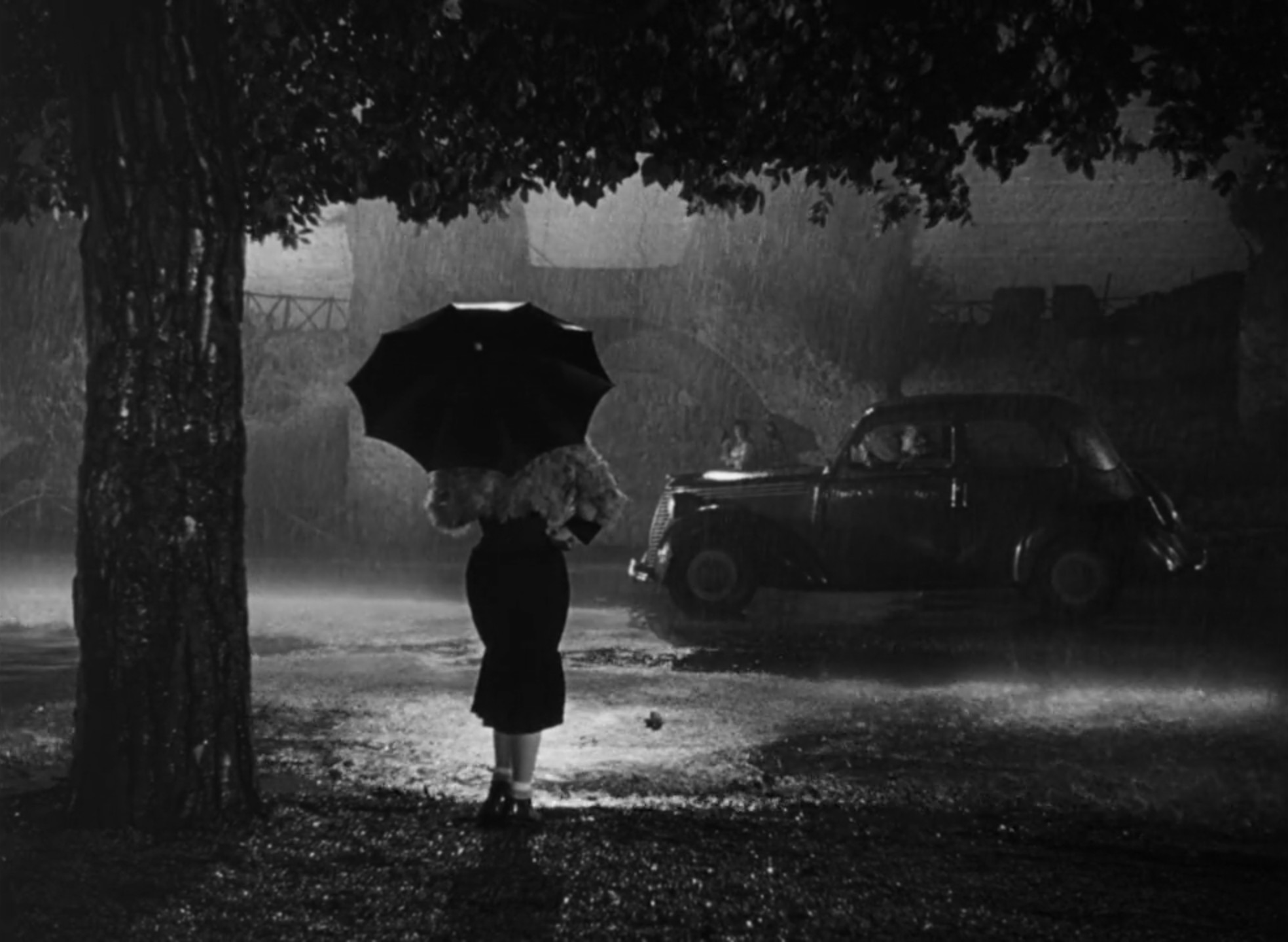
Nights of Cabiria (1957)
With an intelligent employment of religious and demonic imagery at hand, Federico Fellini and Giulietta Masina craft one of the most indelible cinematic characters of the 1950s, allowing us an empathetic vessel through which we contemplate the religious hypocrisies and class struggles of post-war Italy.
-
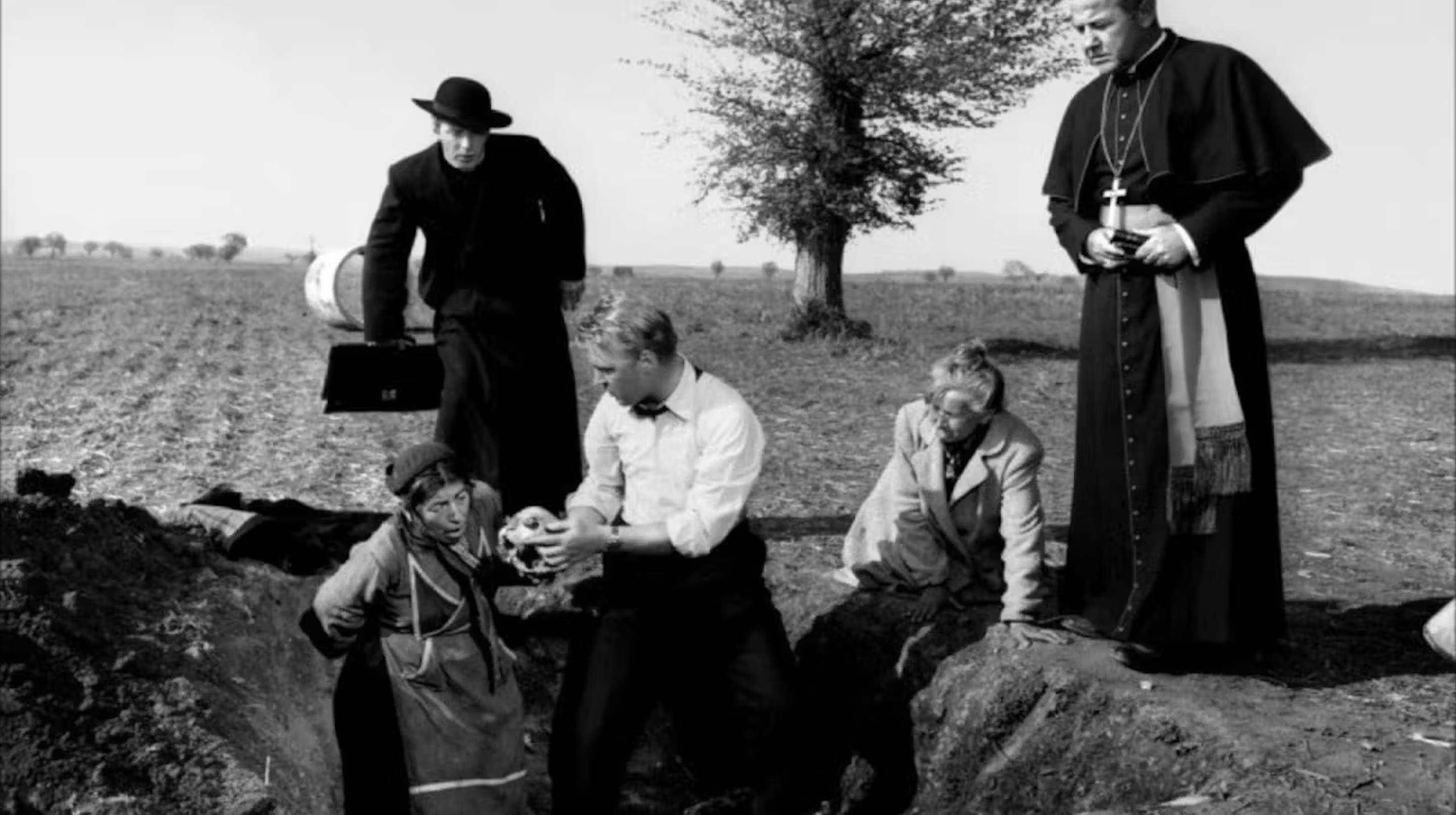
Il Bidone (1955)
Rocky is the path to redemption in Il Bidone’s modern parable of morality and corruption, but so too is it spiritually purifying, as Federico Fellini strips back the lies of a professional swindler to uncover the grace that lies dormant in even the most dishonest man.
-
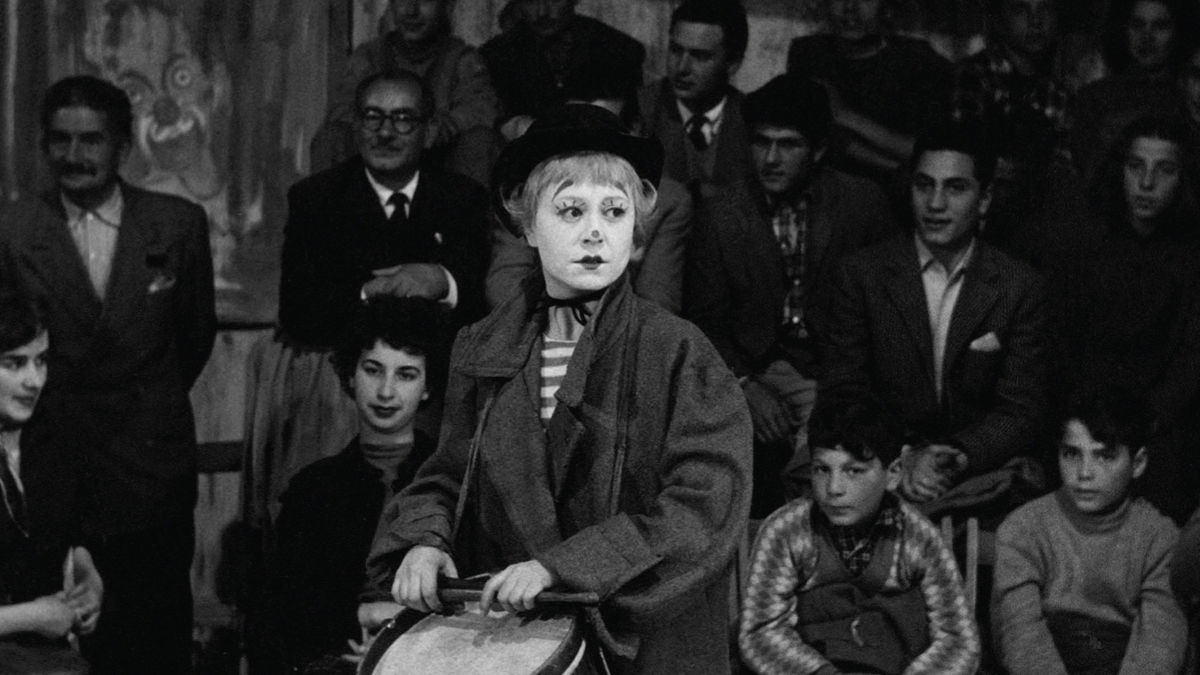
La Strada (1954)
Federico Fellini may hold deep affection for the clowns of commedia dell’arte, but just as integral to La Strada’s tale of survival and wonder is the hardship that haunts a post-war Europe, extinguishing the laughter which only barely lingers in the childlike joy of one tragically naïve circus performer.
-

I Vitelloni (1953)
The young, juvenile men of I Vitelloni’s coastal town are frozen in an eternal youth of idle recreation, lazily hoping for the day that the world might finally give their lives greater purpose, and playfully pursuing empty pleasures that Federico Fellini strings into nostalgic vignettes of celebration and struggle.
-
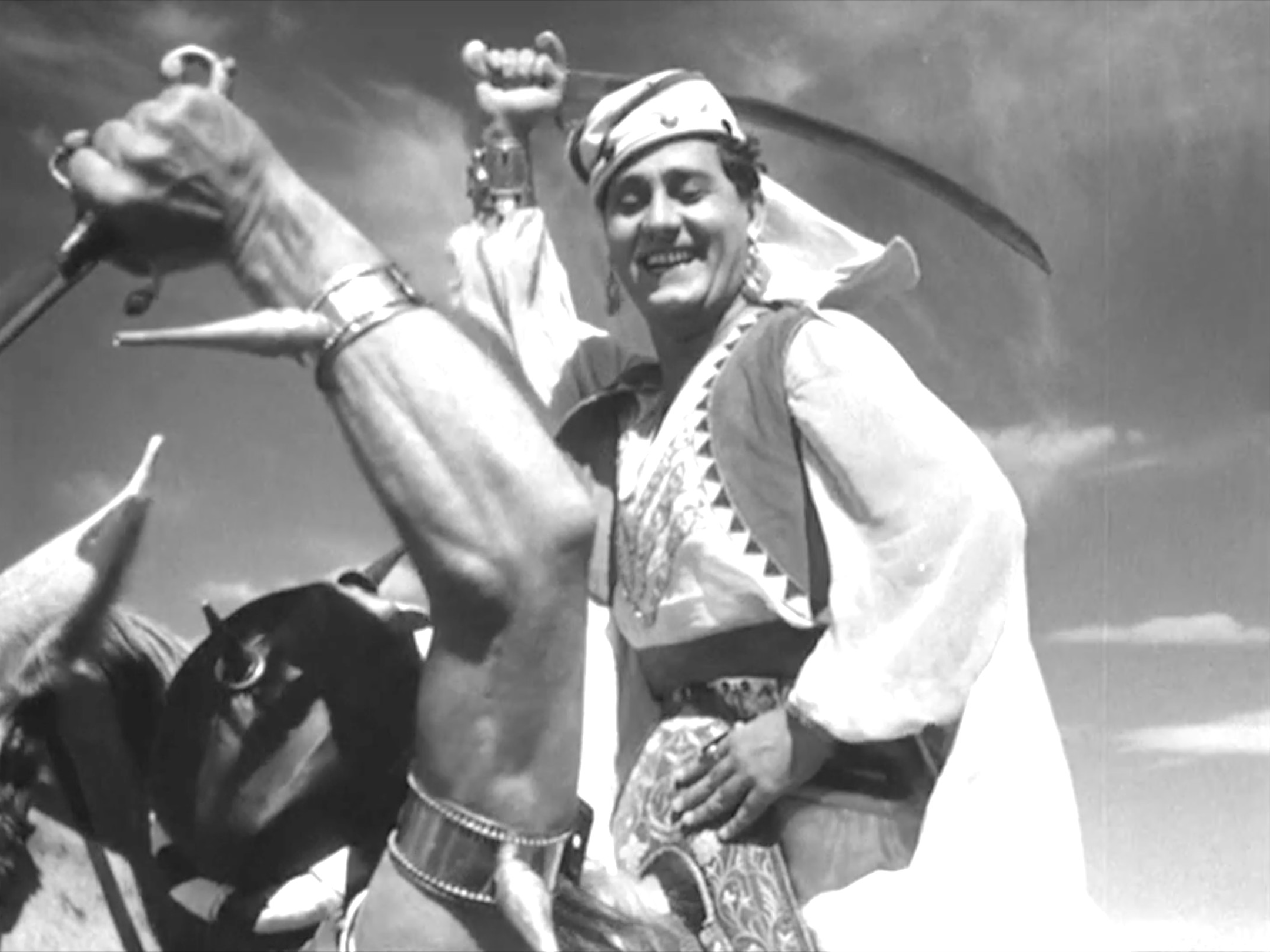
The White Sheik (1952)
The marriage between flighty romantic Wanda and the overly practical Ivan was never going to be an easy one, though at least the wild romp across Rome that emerges from their odd mismatch brings both newlyweds down to earth, as Federico Fellini offers divine redemption in The White Sheik to those who seek it out…
-
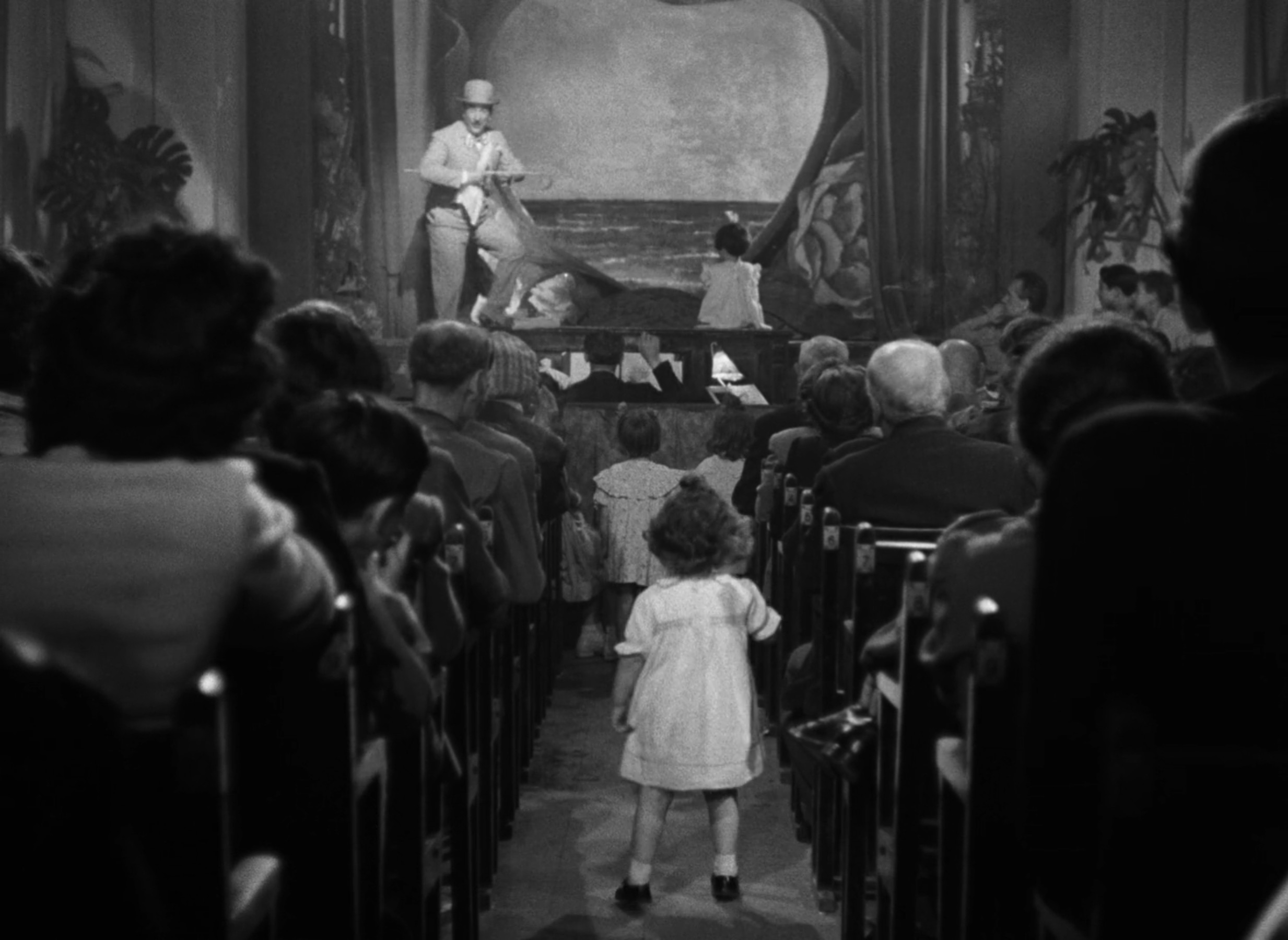
Variety Lights (1950)
Federico Fellini’s love of theatre would take on great symbolic meaning in his later films, but it emerges quite directly here as the setting of his directorial debut Variety Lights, fuelling the drama between the flighty members of a travelling troupe dreaming of fame, money, and love.
-
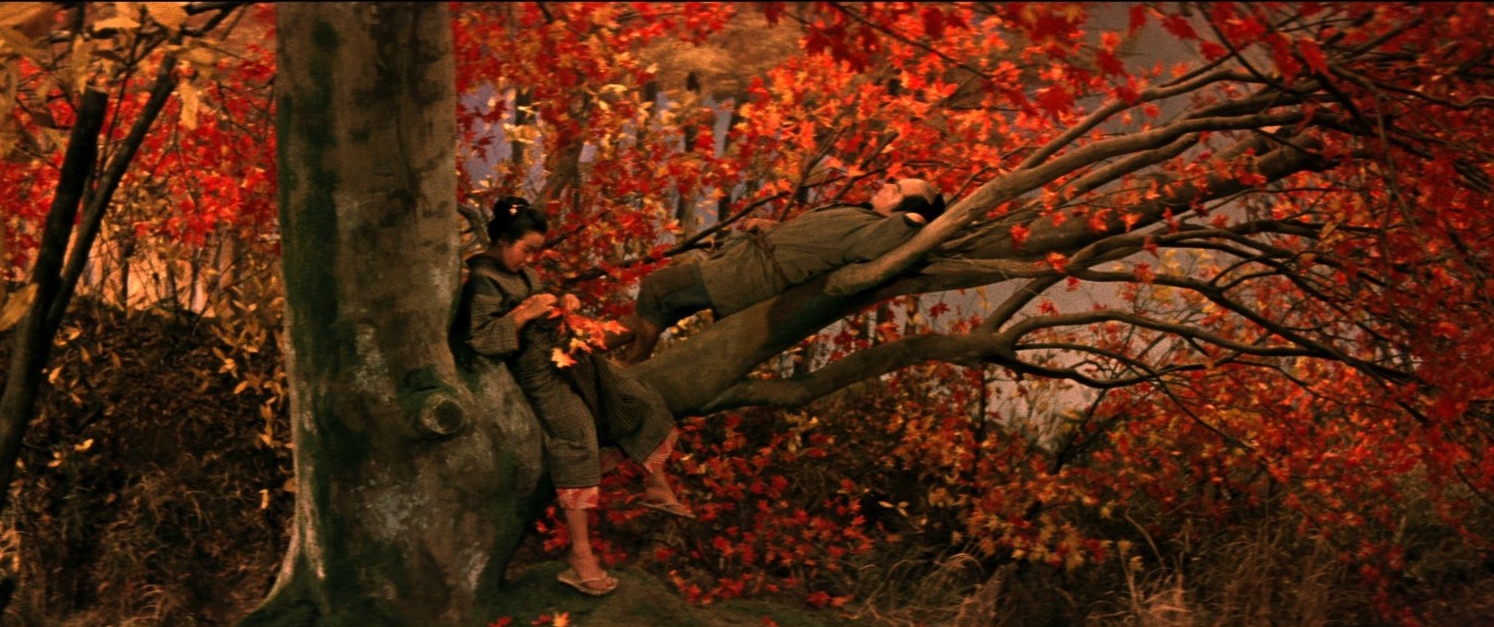
The Ballad of Narayama (1958)
There might not be any historical record that the cultural traditions in The Ballad of Narayama existed anywhere outside of Japanese folklore, and yet it is exactly in that heightened, mythical realm where Keisuke Kinoshita’s film dwells, intertwining kabuki theatre, musical storytelling, and vibrant cinematic innovations within a distant dream of forgotten legends.
-
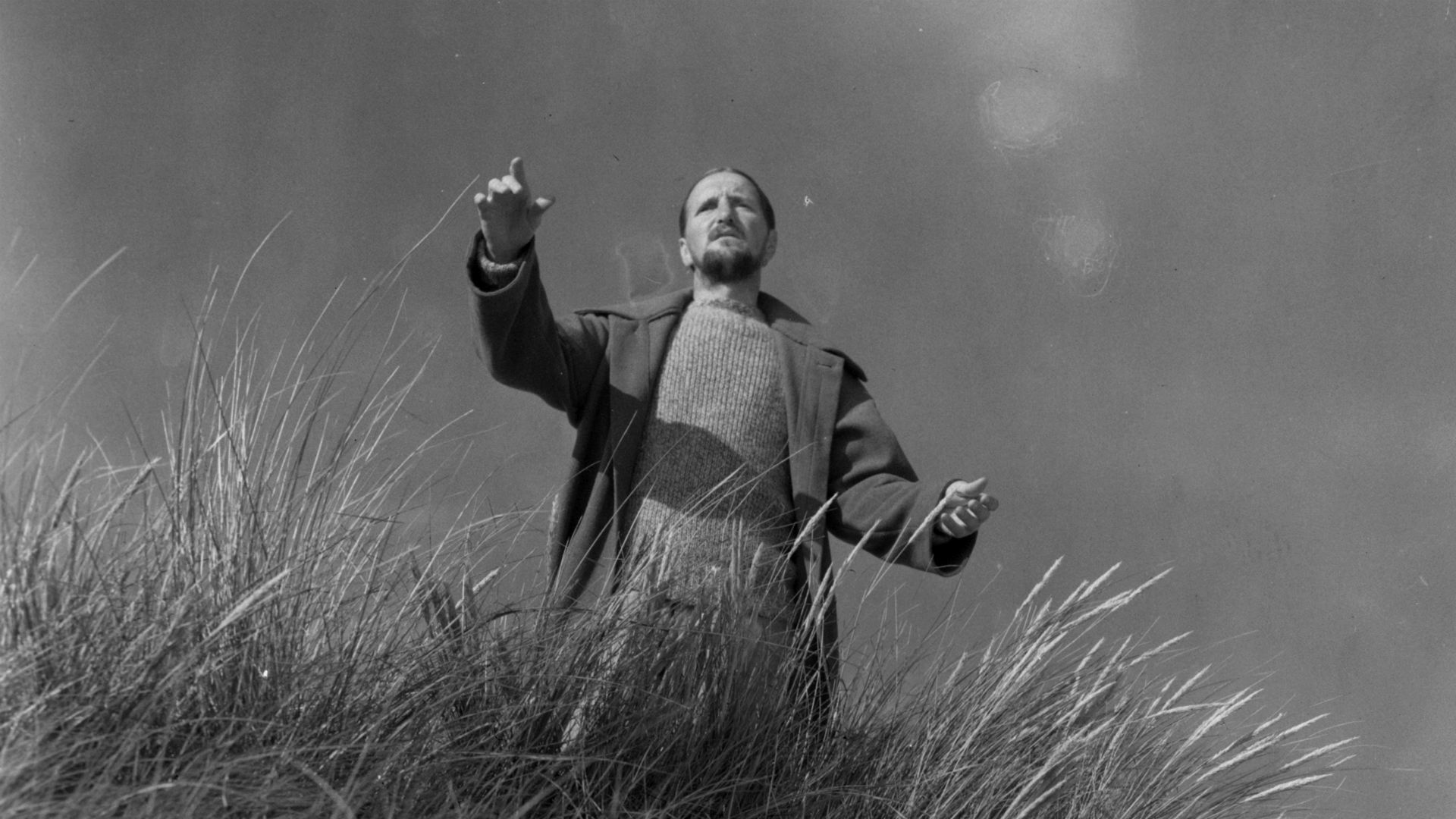
Ordet (1955)
Ordet’s parable of dwindling spirituality is stark in its dogmatic minimalism, enveloping Christians and non-believers alike in rural landscapes of harrowing scarcity, and yet still there is hope in Carl Theodor Dreyer’s deliberations on divine miracles that espouse the indivisibility of life, faith, and the profound resurrection of both.
-
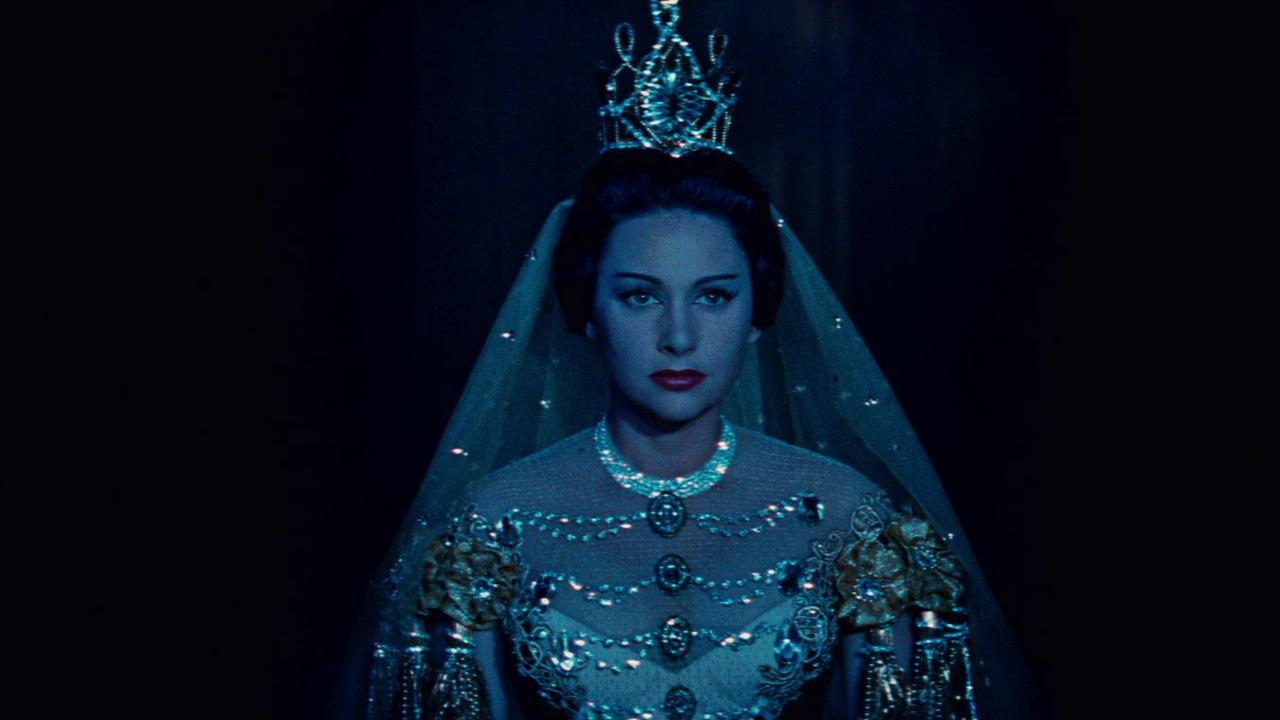
Lola Montes (1955)
Max Ophüls’ untethered camera sways freely with the currents of history and destiny that swirl around renowned dancer Lola Montes, exposing the tragedy that sees the perverse celebrity culture of 19th century Europe simultaneously glamourise her rise to fame, and degrade her into an object of commodified, gaudy spectacle.

